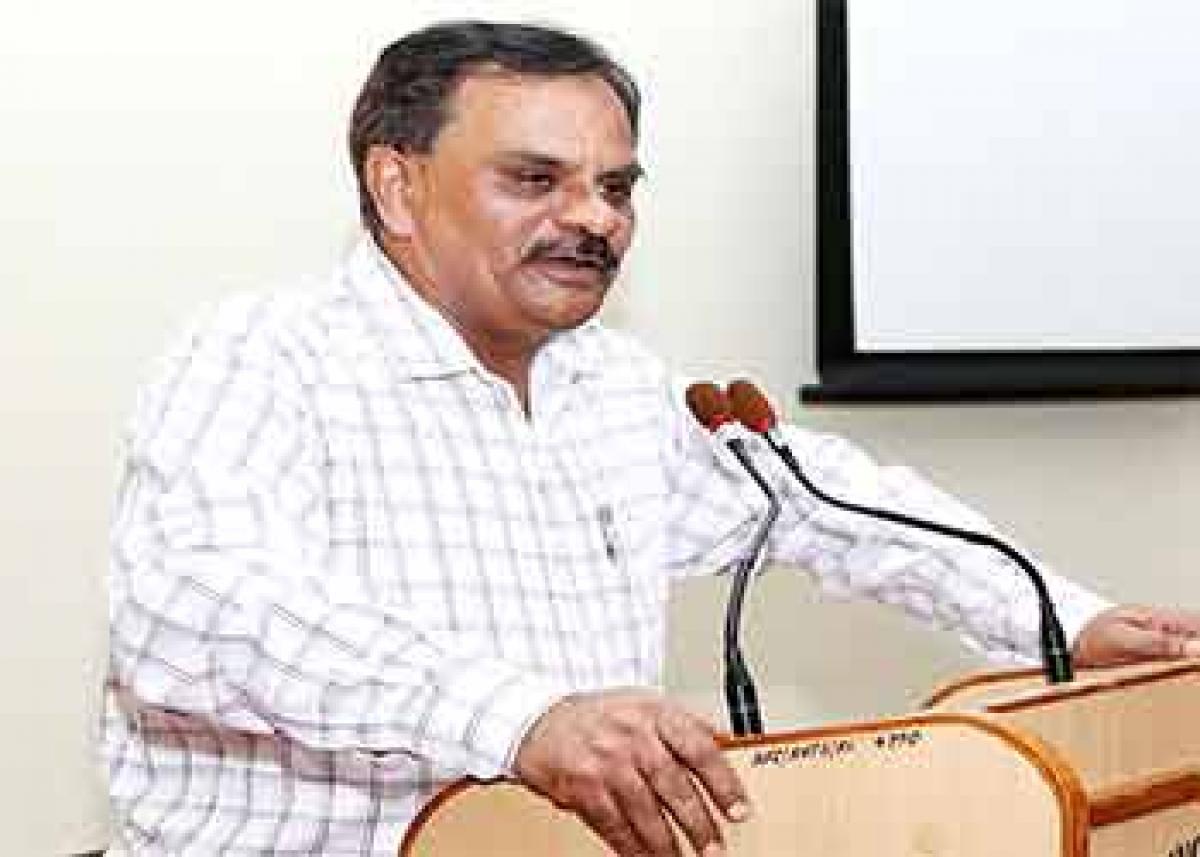Live
- Bejan Daruwalla’s horoscope
- THE ‘DIVI SEEMA GANDHI’
- BJP cadre told to be part of development agenda
- Hina Khan goes snorkeling in Maldives: The ocean humbles me
- Living to Dance
- MyVoice: Views of our readers 17th November 2024
- Congress dares Kishan to bathe in Musi
- Kishan launches Musi Nidra programme
- ‘Yuva Utsav-2024’ commences
- Fire safety drill held at Secretariat
Just In

Earlier this year, India declared that it expects to generate 10,080 megawatts of electricity through nuclear energy by 2019 from the present 5,780 megawatts. A key to achieve this target lies in the country’s biggest asset—India has one of the largest supplies of Thorium in the world.
 Earlier this year, India declared that it expects to generate 10,080 megawatts of electricity through nuclear energy by 2019 from the present 5,780 megawatts.
Earlier this year, India declared that it expects to generate 10,080 megawatts of electricity through nuclear energy by 2019 from the present 5,780 megawatts.
A key to achieve this target lies in the country’s biggest asset—India has one of the largest supplies of Thorium in the world.
But, efforts by India to prop up nuclear energy have always been stonewalled by anti-nuclear activists who gained prominence in the wake of Fukushima disaster in 2011.
To allay concerns over the use of nuclear energy and fears over Chernobyl-type disasters, Hyderabad branch of the Indian Nuclear Society (INS),
organised a public awareness programme on 'Radiation For Societal Development - Valuable & Inevitable’ on Monday at ECIL. SK Malhotra, head of public awareness division from the Department of Atomic Energy (DAE), led the talk to elucidate India’s nuclear energy programme in layman’s terms.
“One of the major questions posed by people is why can’t we rely on renewable sources of energy to generate power? Yes, renewable sources are more efficient but only 20 per cent of India’s power needs can be met by it,” Malhotra explained. Using a sweet dish to illustrate the importance of nuclear power, Malhotra said,
“Nuclear energy is like rice and renewable energy is like cardamoms. You can make kheer out of it but there is only so much cardamoms that you can use.” Toxic radiation levels through the use of nuclear energy have always been used by anti-nuclear activists to spread fear psychosis among the public.
“India’s nuclear reactors are safe. In fact, people living in cities are exposed to more radiation that those dwelling near nuclear reactors. A year’s exposure to radiation for people living in the vicinity of a reactor is equivalent to a single X-ray of your chest,” Malhotra enlightened.

© 2024 Hyderabad Media House Limited/The Hans India. All rights reserved. Powered by hocalwire.com







